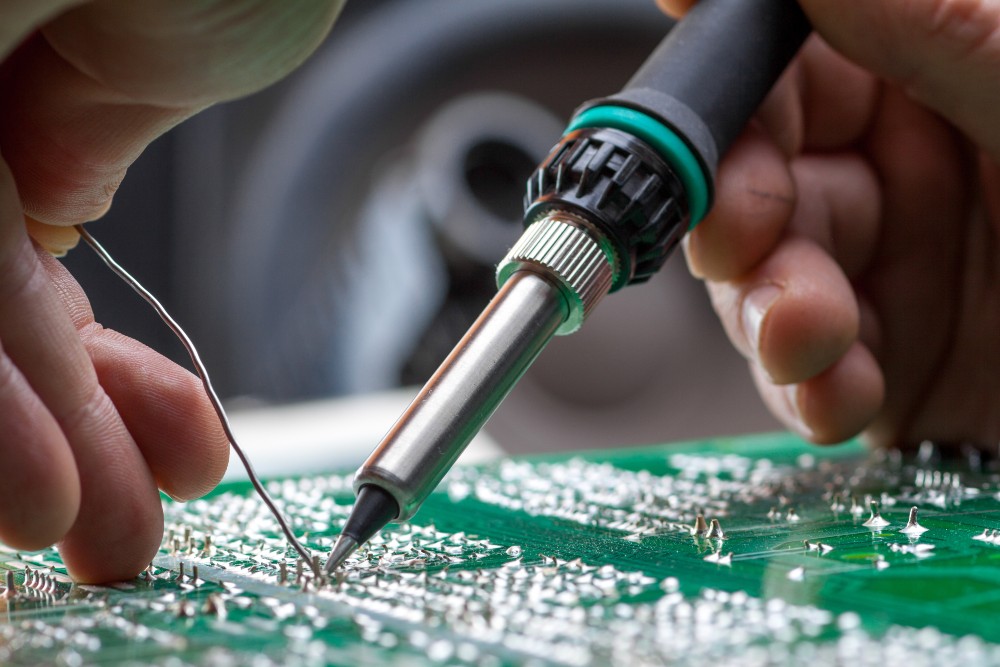
by Chris D | Jun 30, 2021 | PCB
When designing or manufacturing printed circuit boards, there are many factors in the process to consider to ensure your product works properly. Soldering is a crucial component in the electronics manufacturing process. Soldering is the process of attaching two or...
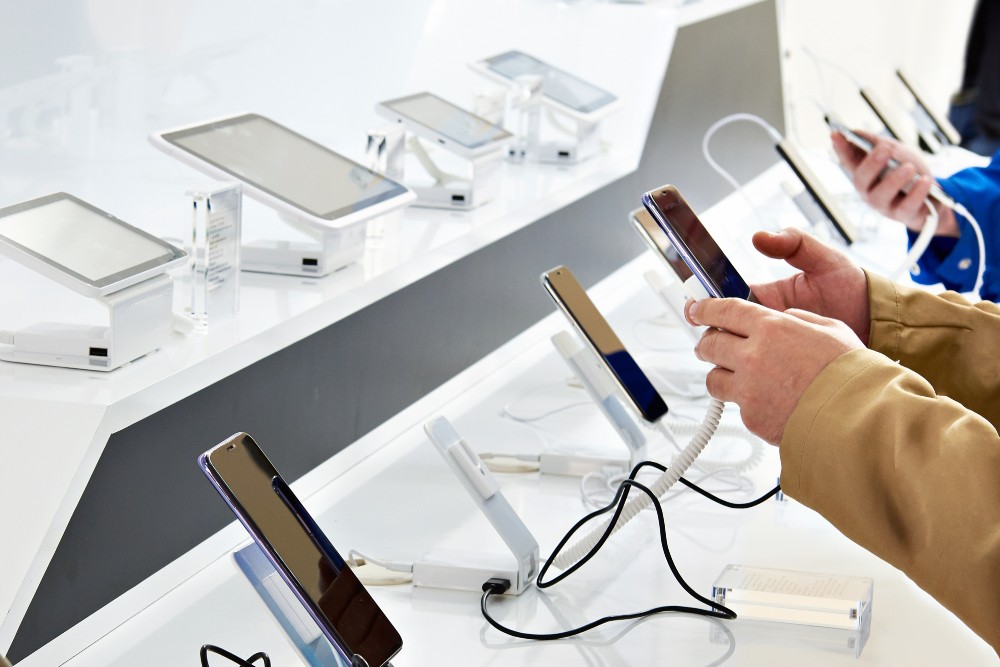
by Chris D | May 30, 2021 | PCB
Printed circuit boards (PCBs) play a vital role in today’s society — even more than you may realize. PCBs are found in all electronic devices, from everyday consumer products to intricately designed aerospace aircraft. As devices get smaller and more intricate, PCB...
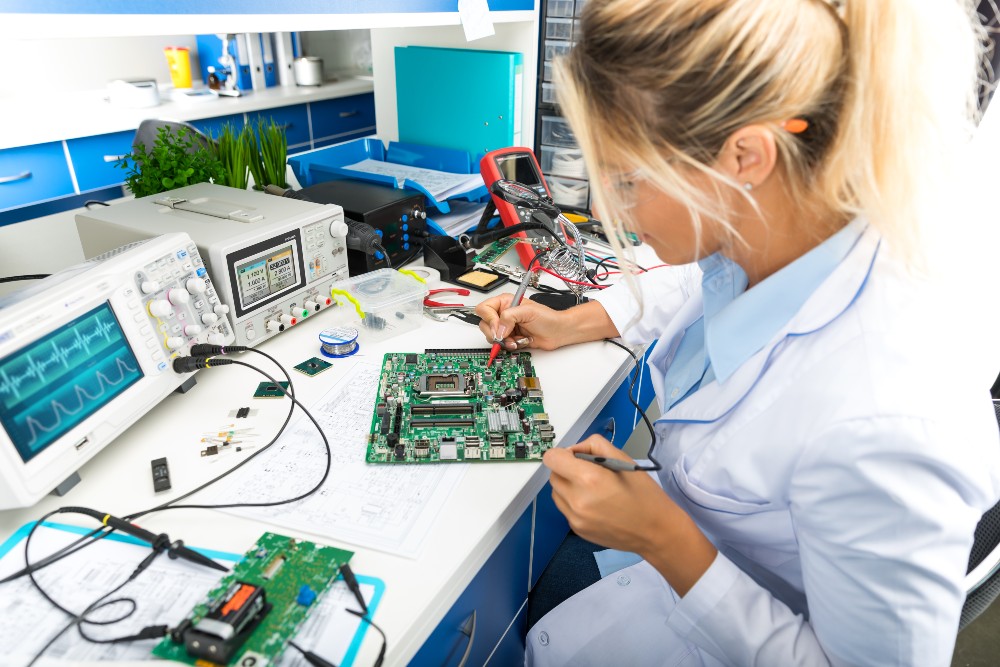
by Chris D | Apr 15, 2021 | PCB
Testing printed circuit boards is an essential step in the printed circuit board manufacturing process. Without testing PCBs, there is an enormous risk, and it’s likely your product will run into several errors after hitting the market. Electronics that malfunction...
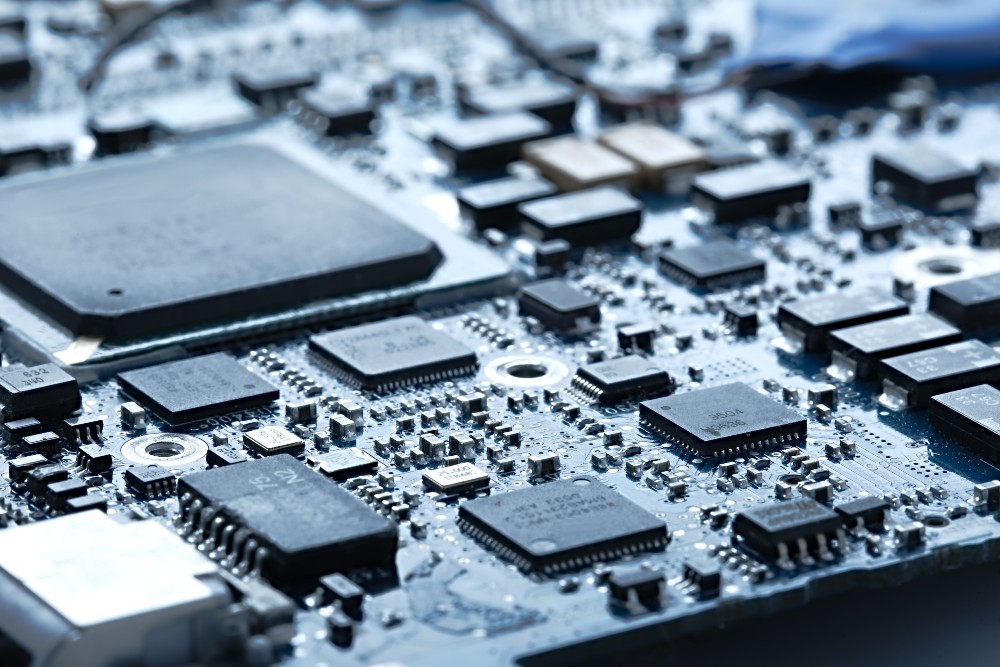
by Chris D | Mar 30, 2021 | PCB
Designing your PCB with best practices in place is essential for creating a reliable device at an affordable price. While the components and materials matter, make sure you leave yourself time in the design phase to think about and utilize the printed circuit board...
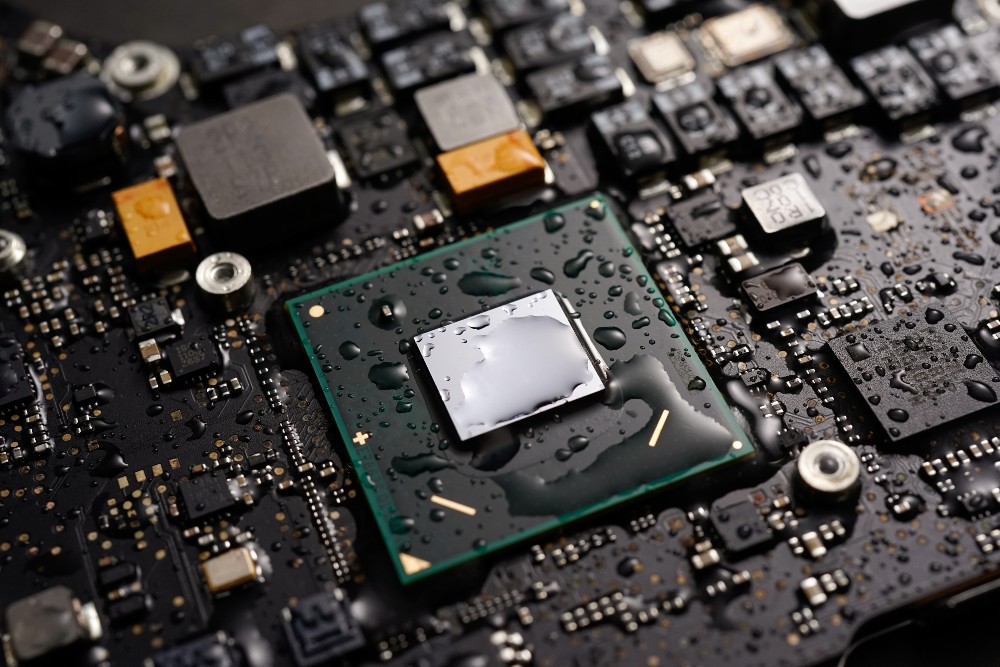
by Chris D | Mar 20, 2021 | PCB
Moisture exposure has one of the most harmful effects on printed circuit boards. Even the smallest droplet can cause warping, rust, and malfunction. Keeping humidity and moisture at bay when creating, storing, and shipping electronics and PCBs is crucial to ensure...
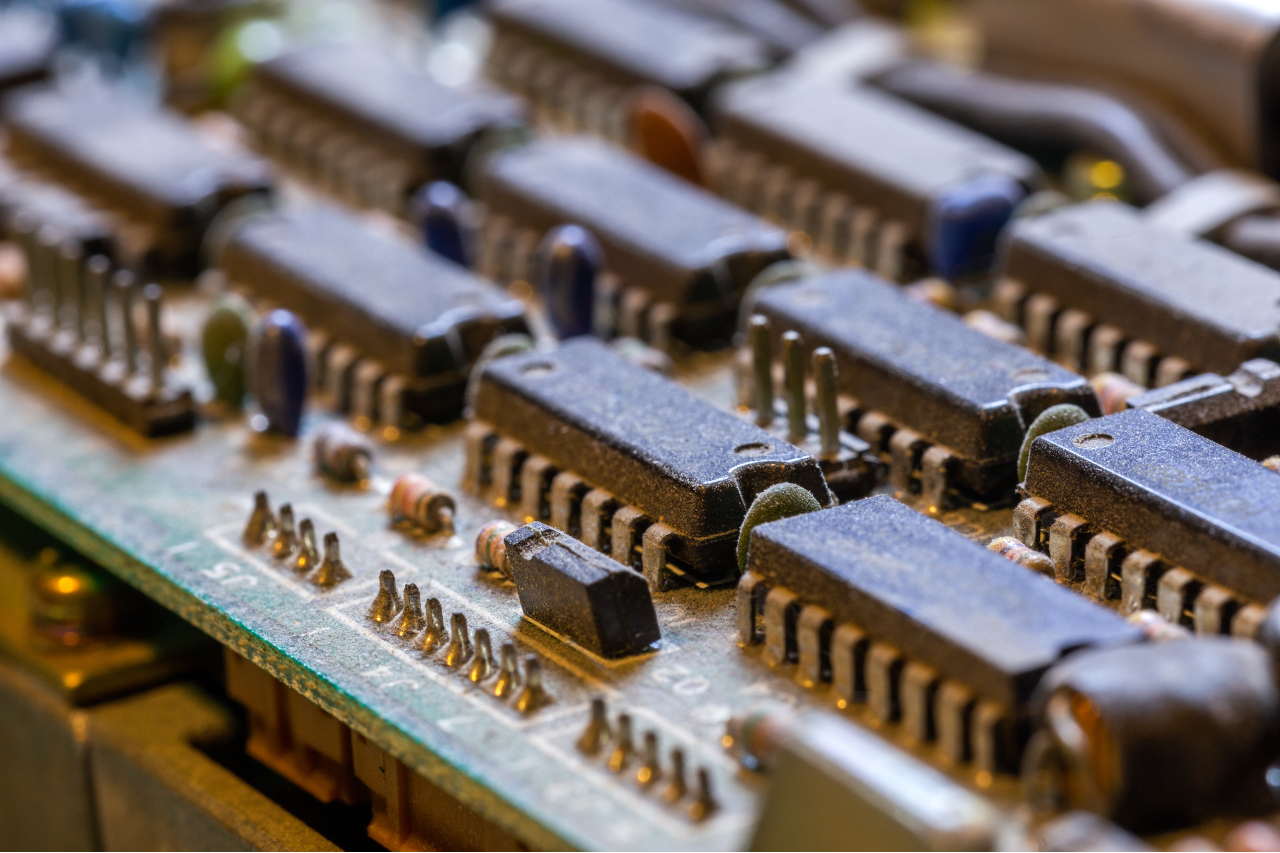
by Chris D | Feb 15, 2021 | PCB
Over time — during the manufacturing, testing, and storage phases — your printed circuit boards (PCBs) collect dust, debris, and liquid. When contaminants of any sort or in any amount come into contact with PCBs, it leads to corrosion, overheating, and damage. ...







